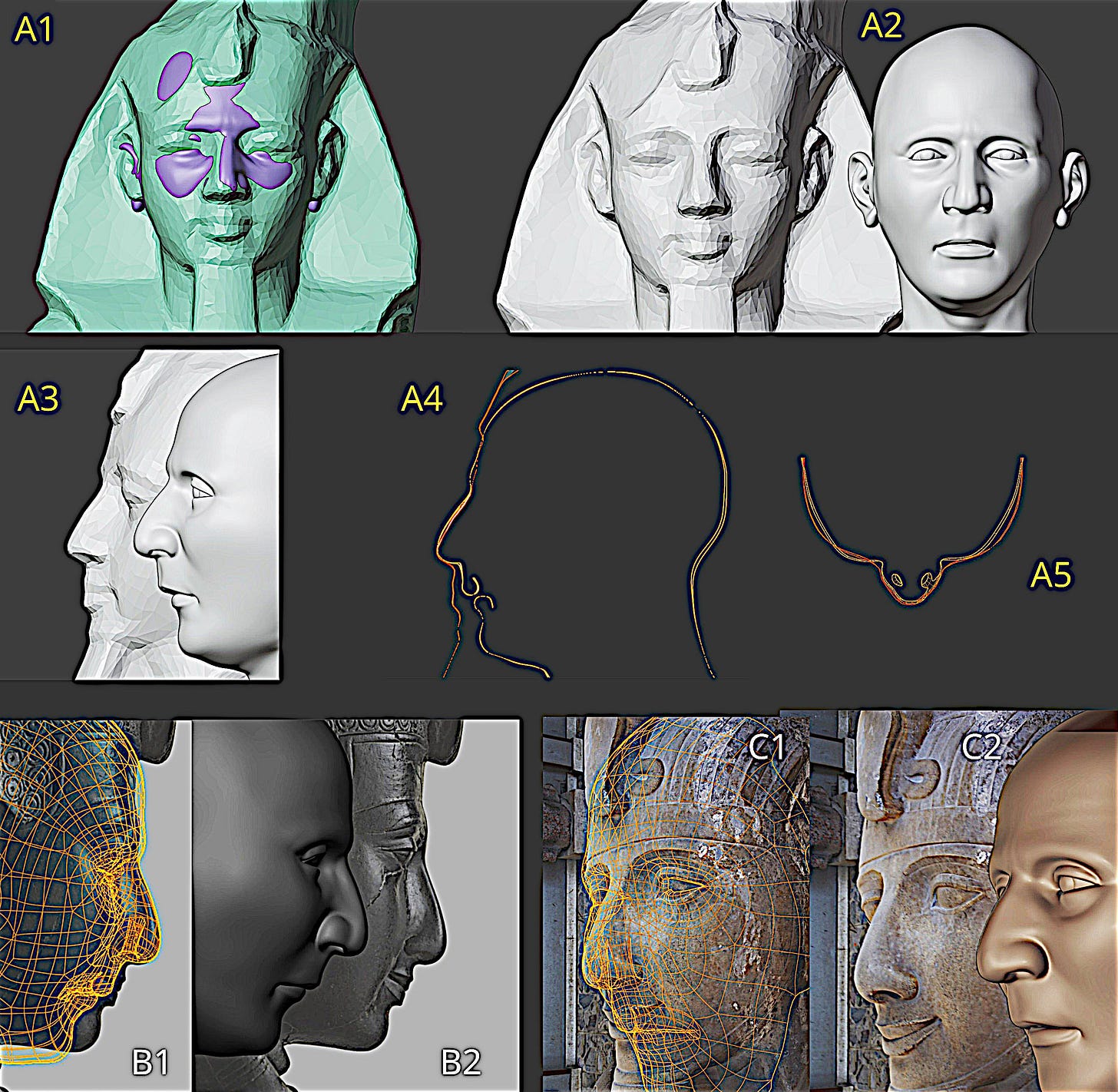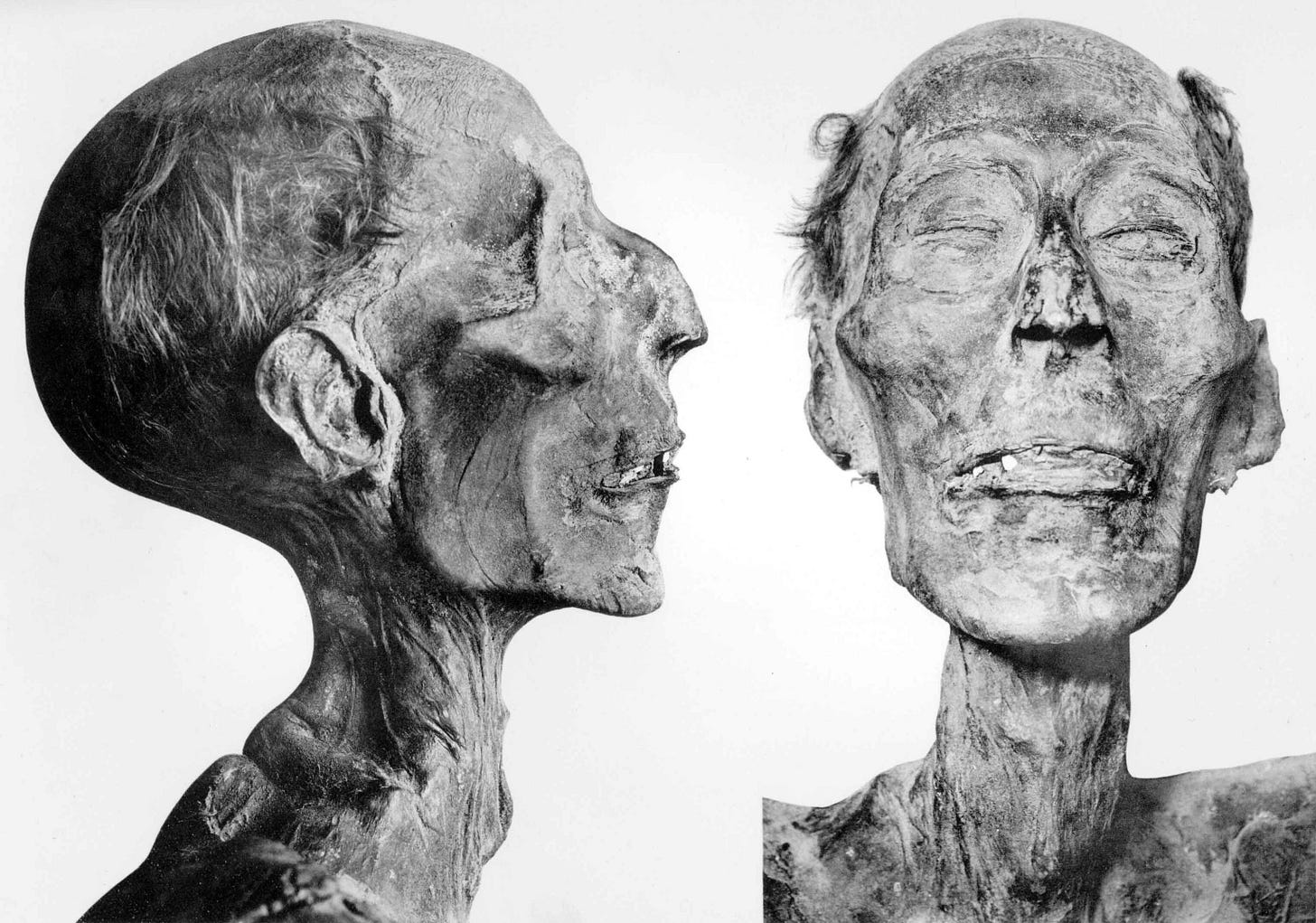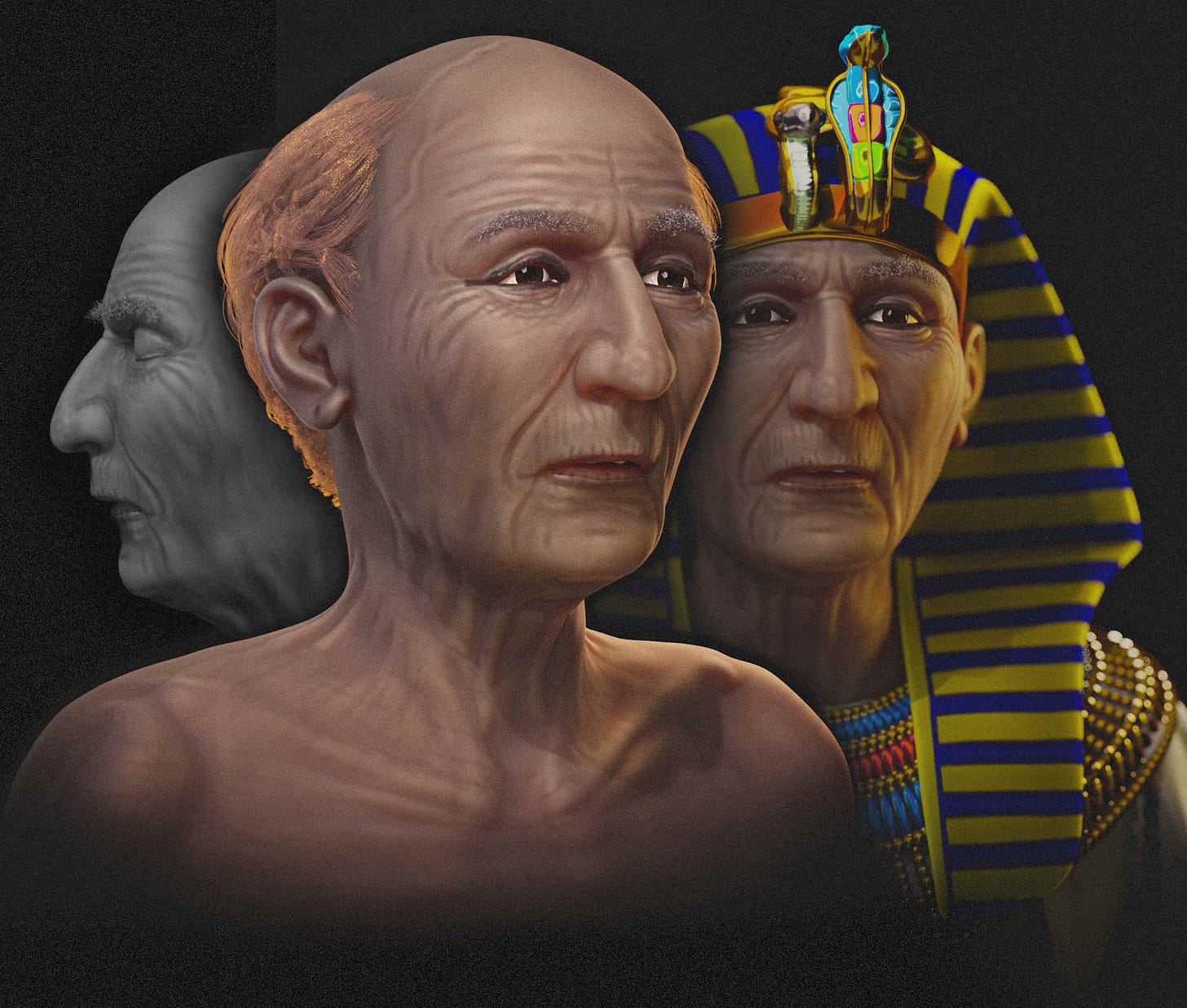True face of Ramesses II revealed by scientists
But the team behind the effort are braced for controversy about the skin colour of the finished reconstruction.

THE “wise” face of ancient Egypt’s most powerful pharaoh has been revealed after scientists rebuilt his likeness – but the result could be controversial.
Ramesses II, who reigned in the 13th century BC, was famed for his military exploits, and building projects like the temples of Abu Simbel.
Now using his mummified skull, scientists have recreated his face at the time of his death, aged around 90 – but they’re bracing themselves for criticism.
Cicero Moraes, the Brazilian graphics expert behind the new recreation, said: “There is always great debate about each reconstructed face of a Egyptian mummy.
“The majority generally appreciate the result, but occasionally some groups complain about the skin colour, considering it too light or too dark.
“In the present study we carried out a very broad analysis, comparing the reconstructed face with statues of Ramesses II.
“The objective was to understand to what extent the statues are reliable, as many imagine that compatibility would be good.
“But we saw that this is not the case – the statues indicate good compatibility with the shape of the nose and even, in some situations, with the shape of the face.
RELATED ARTICLES
Face of 'only Egyptian pharaoh to die in battle' REVEALED
Face of pharaoh who became a living god revealed for first time in over 3,300 years
“But generally the forehead is more delicate, and the lips and chin are more pronounced in the statues, which makes them insufficiently reliable.
“We also analysed anthropometric and DNA data from ancient Egyptian populations, and all paths seem to point to a population made up of many elements that are difficult to standardise.”
Ultimately, Cicero said, they opted for a “colour palette very compatible with that used in works of art from ancient Egypt”.
But they also created an objective version of the pharaoh’s face, with eyes closed and in greyscale, which avoids making any judgements about complexion.
It won’t satisfy everybody, however.
Mr Moraes said: “There is always criticism about any work that is published on the internet, just look at the comments on the news and the debate on social networks.



“I am in favour of freedom of expression.
“I myself have never blocked anyone on my networks for thinking differently than me or for insulting me.
“But I also have freedom of expression and I generally use it to clarify points and refute what is incoherent.”
Michael Habicht, an archaeologist at Flinders University in Australia and Cicero’s co-author, said the reconstruction was helped by the careful preservation of the mummy.
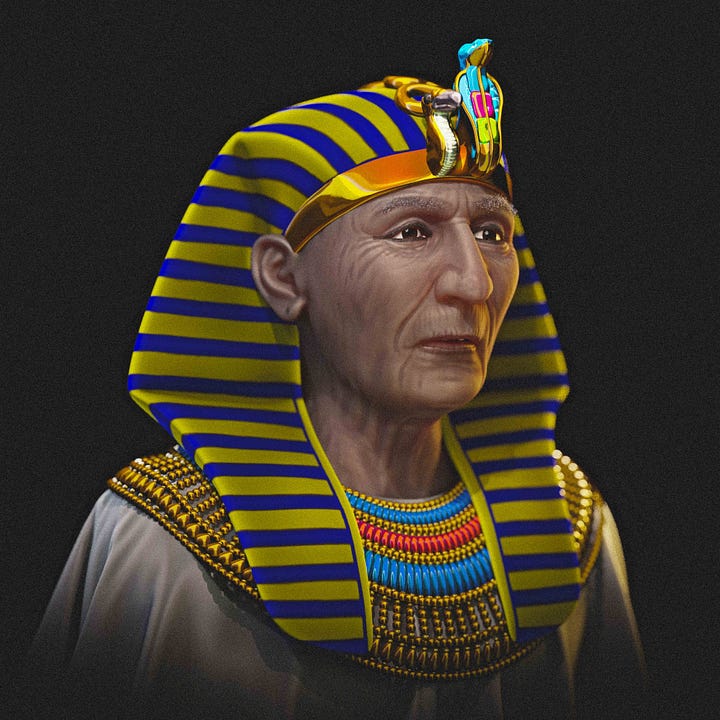
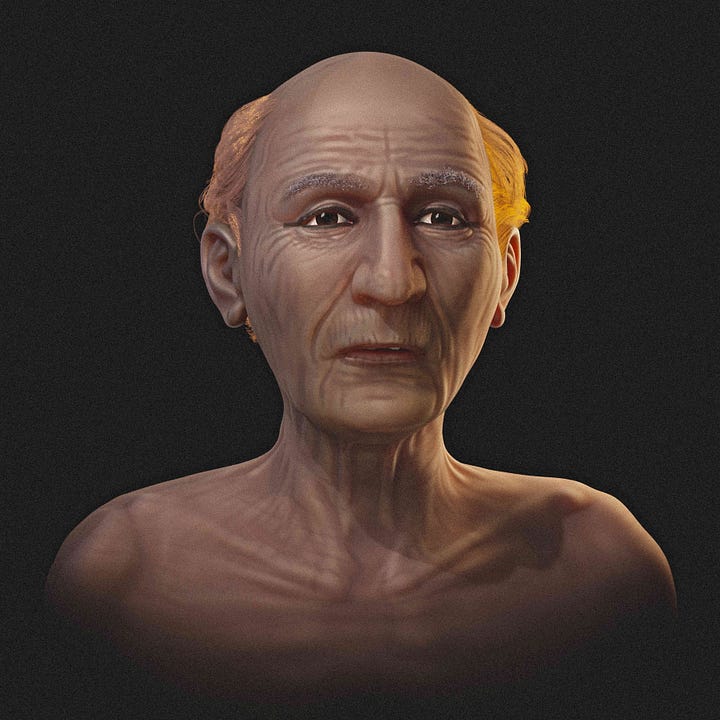
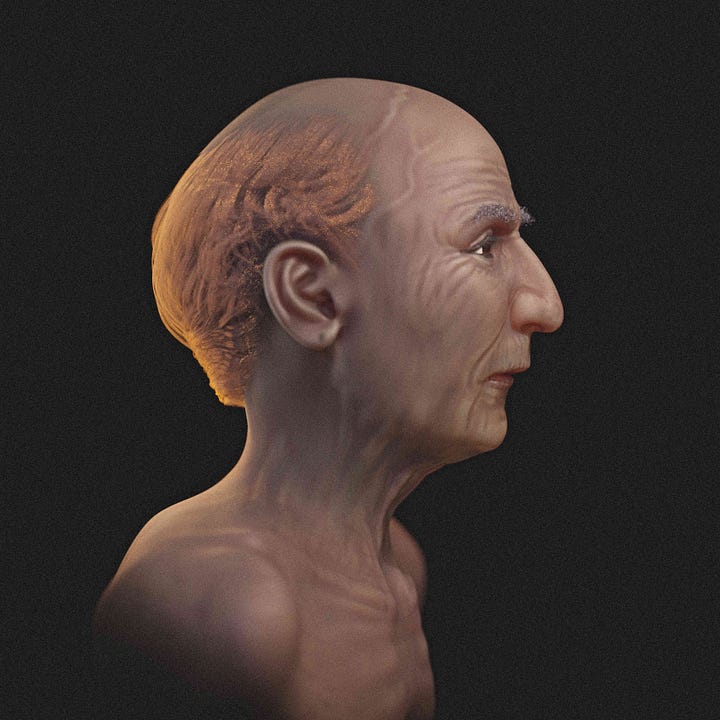
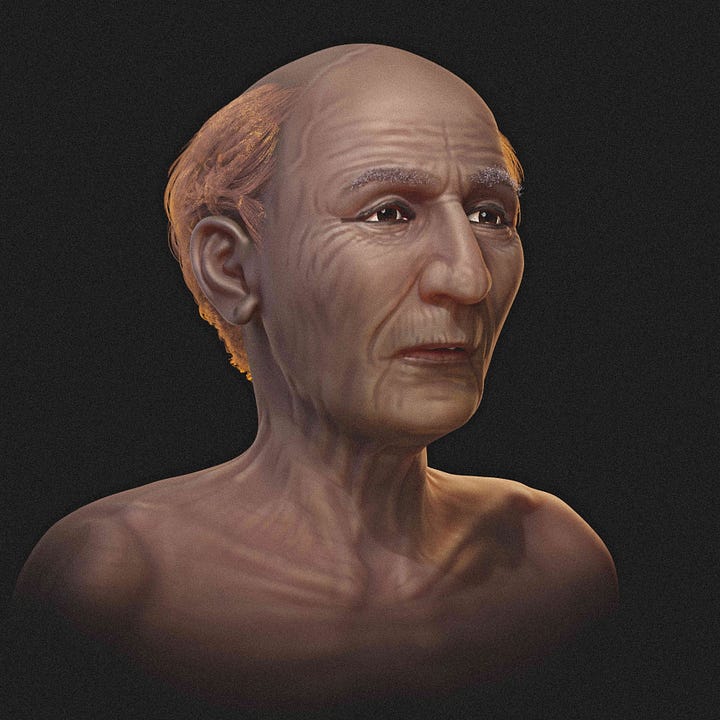
He said: “Its condition is very good, it was restored in 1976 in Paris after fungi – aspergillus flavus – was discovered.”
According to their study, the remains reveal that Ramesses II had a pronounced overbite, and his teeth were significantly worn.
He also had poor dental and bone health, mainly due to an abscess, which would have caused him a lot of pain.
Unsurprisingly, given his long life, his muscles show signs of senility, and he had very pronounced veins on his forehead.
To complete the recreation, several approaches were tried.
One technique involved using data from hundreds of modern Egyptians to reveal the likely thickness of the pharaoh’s skin at different places across his skull.
Another technique was anatomical deformation, in which the face and skull of a living donor – who also had a pronounced overbite – was digitally altered to match the mummy’s dimensions.
The end result interpolated these approaches, before ageing it appropriately, and adding subjective elements like clothing.
It reveals what Mr Moraes called a “wise” face.
And it’s not dissimilar to a previous reconstruction from 2022, created by Sahar Saleem of Cairo University and Caroline Wilkinson of Liverpool John Moores University.
Different methods were used then, however.
Mr Moraes said he was pleased with the outcome.
He said: “We feel very happy, honoured and with a sense of duty accomplished.”
Dr Habicht and Mr Moraes published their study in the journal OrtogOnLineMag.





